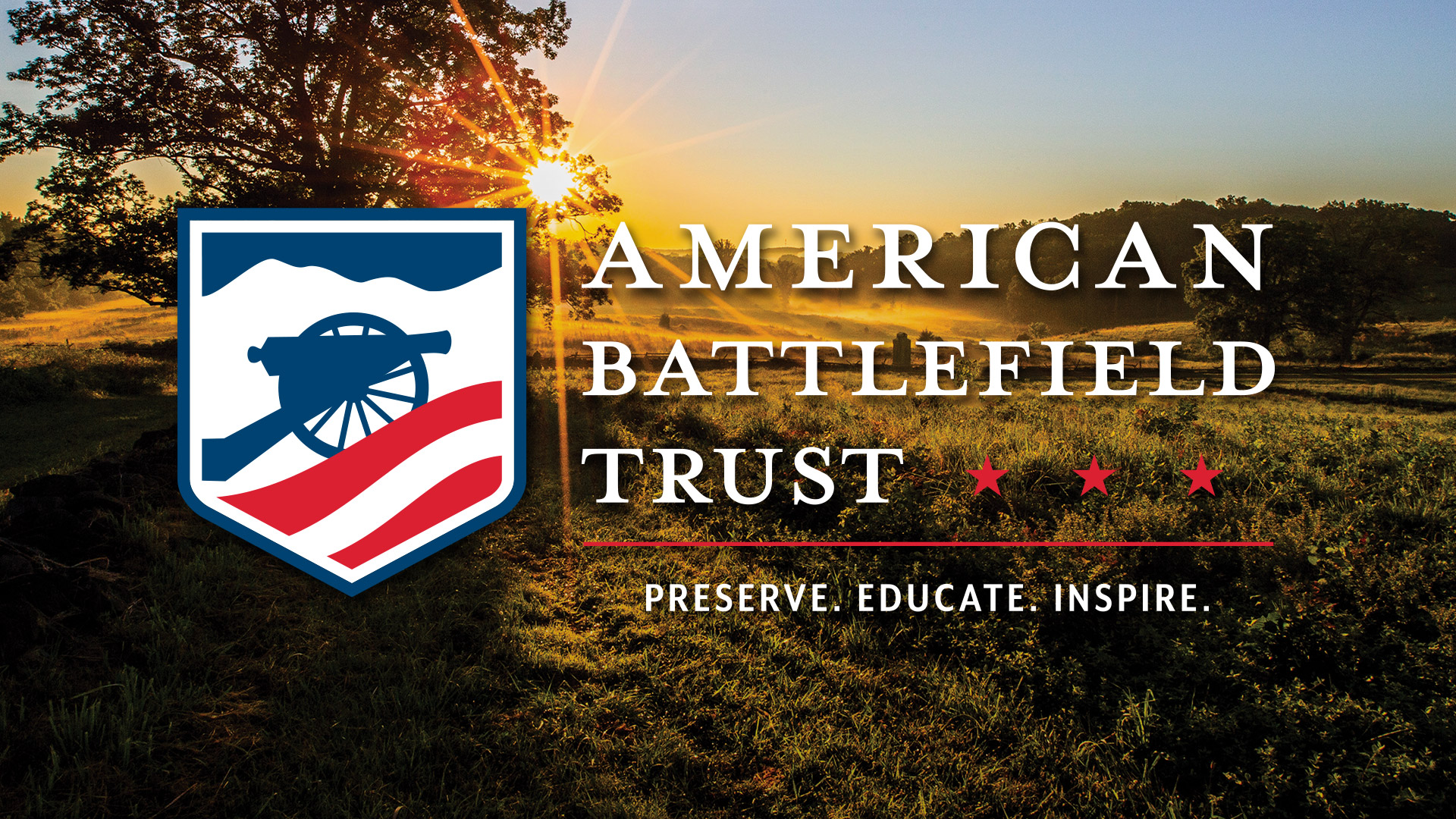Shenandoah Valley battlefield to be preserved
By STEVE SZKOTAK
Associated Press
Novermber 12, 2008
RICHMOND, Va. - A 209-acre field in the Shenandoah Valley where one of the fiercest battles of the Civil War was waged will be preserved under a $3.35 million public-private purchase agreement.
The deal will create a 575-acre preserve that remains much as it was nearly 150 years ago when the Third Battle of Winchester was fought by tens of thousands of Union and Confederate soldiers.
The purchase agreement announced Wednesday will be funded through a partnership among the Shenandoah Battlefields Foundation, The Civil War Preservation Trust, the state of Virginia and private partners. The sale depends on raising $690,000 in private funds to reach the purchase price.
The property, called Middle Field, was part of the Third Winchester battlefield. On Sept. 19, 1864, the Union's 19th Corps lost 40 percent of its men and all of its regimental commanders were either killed or wounded.
In a National Park Service study, historian David W. Lowe described the Third Winchester as "the largest and most desperately contested battle of the Civil War in the Shenandoah Valley."
He wrote that the property east of Winchester ranked among the bloodiest fields of the Civil War, with more than 3,000 casualties.
James Lighthizer, president of the Civil War Preservation Trust, said the 209 acres remain virtually untouched today.
"This is a stage where a great event occurred," he said in an interview. "It's a place where people will come and imagine what happened here. They're actually walking where these people walked."
The preservation deal was struck with the heirs of C.E. Huntsberry, who trace their ancestry back centuries in northern Virginia. Bob Huntsberry, great-grandson of the late C.E. Huntsberry, said the family recognized the Frederick County property's historic importance.
"We felt pretty strongly that it needed to be preserved so we are very happy that it will end up in good hands and that people will someday be able to come and learn about what happened here," he said.
A fundraising campaign to complete the purchase is expected to be completed in May.
Despite the purchase, only a fraction of the core area at Third Winchester has been protected. In the Shenandoah Valley, more than 17,000 acres of core battlefield land remain vulnerable to development, preservationists said.
Kathleen S. Kilpatrick, director of the Virginia Department of Historic Resources, said development is the biggest threat to the 50,000 acres of unprotected battlefields throughout the state.
"We have to be very conscious that the hour is getting short and we have little time to preserve," she said.
More than 54,000 Americans fought at the Third Winchester battlefield in the opening volley of Union Gen. Philip Sheridan's Shenandoah Campaign. The campaign left a trail of burning and destruction nearly 100 miles to the south, in Staunton.
Once the purchase is completed, the preservation groups will create interpretive trails.
Eric
By STEVE SZKOTAK
Associated Press
Novermber 12, 2008
RICHMOND, Va. - A 209-acre field in the Shenandoah Valley where one of the fiercest battles of the Civil War was waged will be preserved under a $3.35 million public-private purchase agreement.
The deal will create a 575-acre preserve that remains much as it was nearly 150 years ago when the Third Battle of Winchester was fought by tens of thousands of Union and Confederate soldiers.
The purchase agreement announced Wednesday will be funded through a partnership among the Shenandoah Battlefields Foundation, The Civil War Preservation Trust, the state of Virginia and private partners. The sale depends on raising $690,000 in private funds to reach the purchase price.
The property, called Middle Field, was part of the Third Winchester battlefield. On Sept. 19, 1864, the Union's 19th Corps lost 40 percent of its men and all of its regimental commanders were either killed or wounded.
In a National Park Service study, historian David W. Lowe described the Third Winchester as "the largest and most desperately contested battle of the Civil War in the Shenandoah Valley."
He wrote that the property east of Winchester ranked among the bloodiest fields of the Civil War, with more than 3,000 casualties.
James Lighthizer, president of the Civil War Preservation Trust, said the 209 acres remain virtually untouched today.
"This is a stage where a great event occurred," he said in an interview. "It's a place where people will come and imagine what happened here. They're actually walking where these people walked."
The preservation deal was struck with the heirs of C.E. Huntsberry, who trace their ancestry back centuries in northern Virginia. Bob Huntsberry, great-grandson of the late C.E. Huntsberry, said the family recognized the Frederick County property's historic importance.
"We felt pretty strongly that it needed to be preserved so we are very happy that it will end up in good hands and that people will someday be able to come and learn about what happened here," he said.
A fundraising campaign to complete the purchase is expected to be completed in May.
Despite the purchase, only a fraction of the core area at Third Winchester has been protected. In the Shenandoah Valley, more than 17,000 acres of core battlefield land remain vulnerable to development, preservationists said.
Kathleen S. Kilpatrick, director of the Virginia Department of Historic Resources, said development is the biggest threat to the 50,000 acres of unprotected battlefields throughout the state.
"We have to be very conscious that the hour is getting short and we have little time to preserve," she said.
More than 54,000 Americans fought at the Third Winchester battlefield in the opening volley of Union Gen. Philip Sheridan's Shenandoah Campaign. The campaign left a trail of burning and destruction nearly 100 miles to the south, in Staunton.
Once the purchase is completed, the preservation groups will create interpretive trails.
Eric



Comment